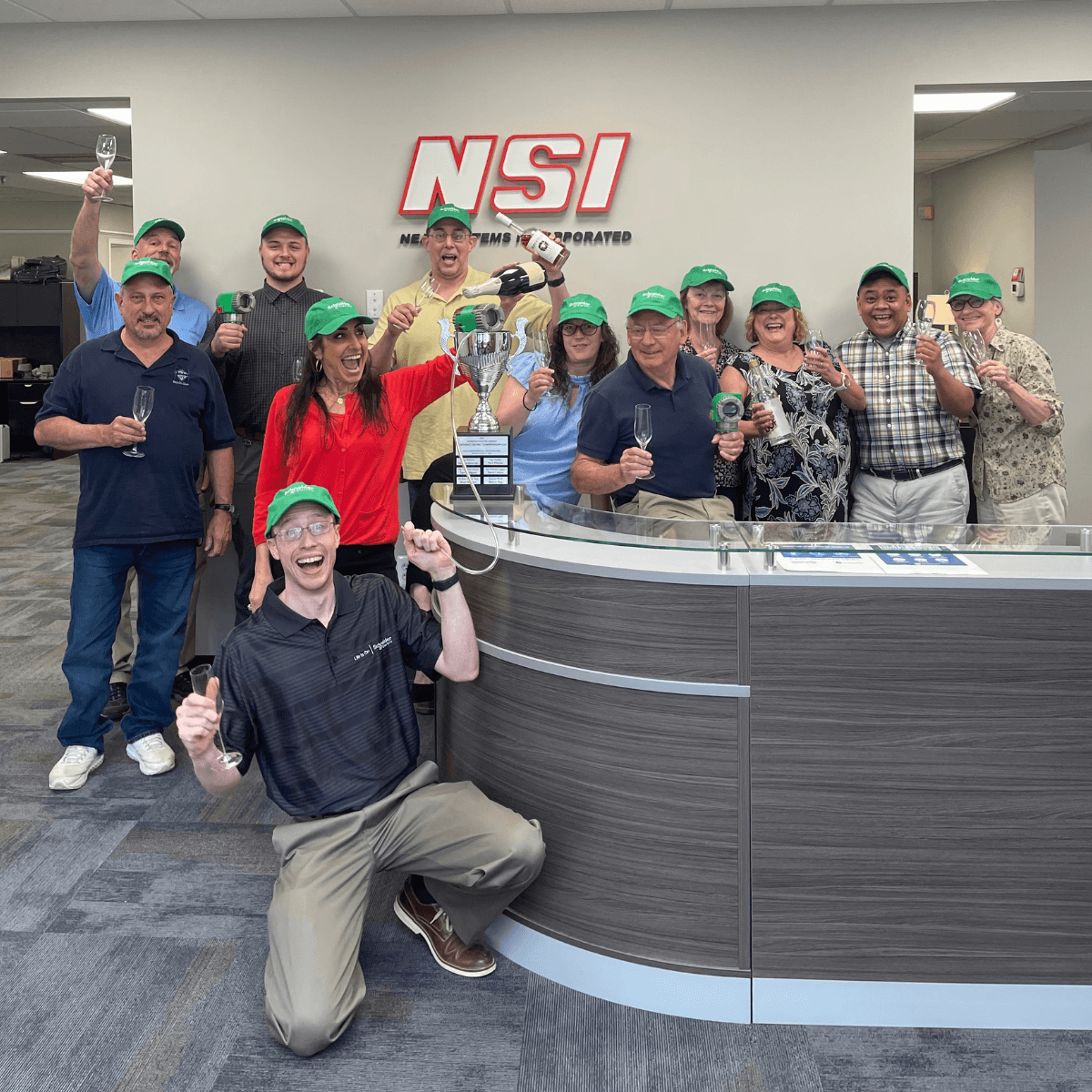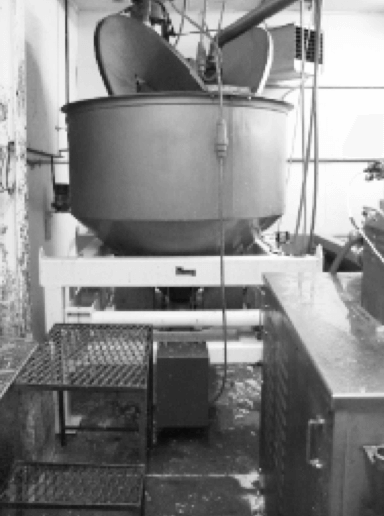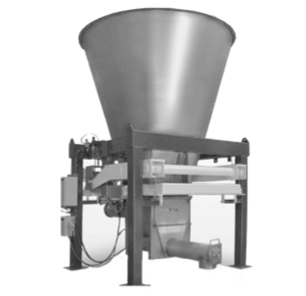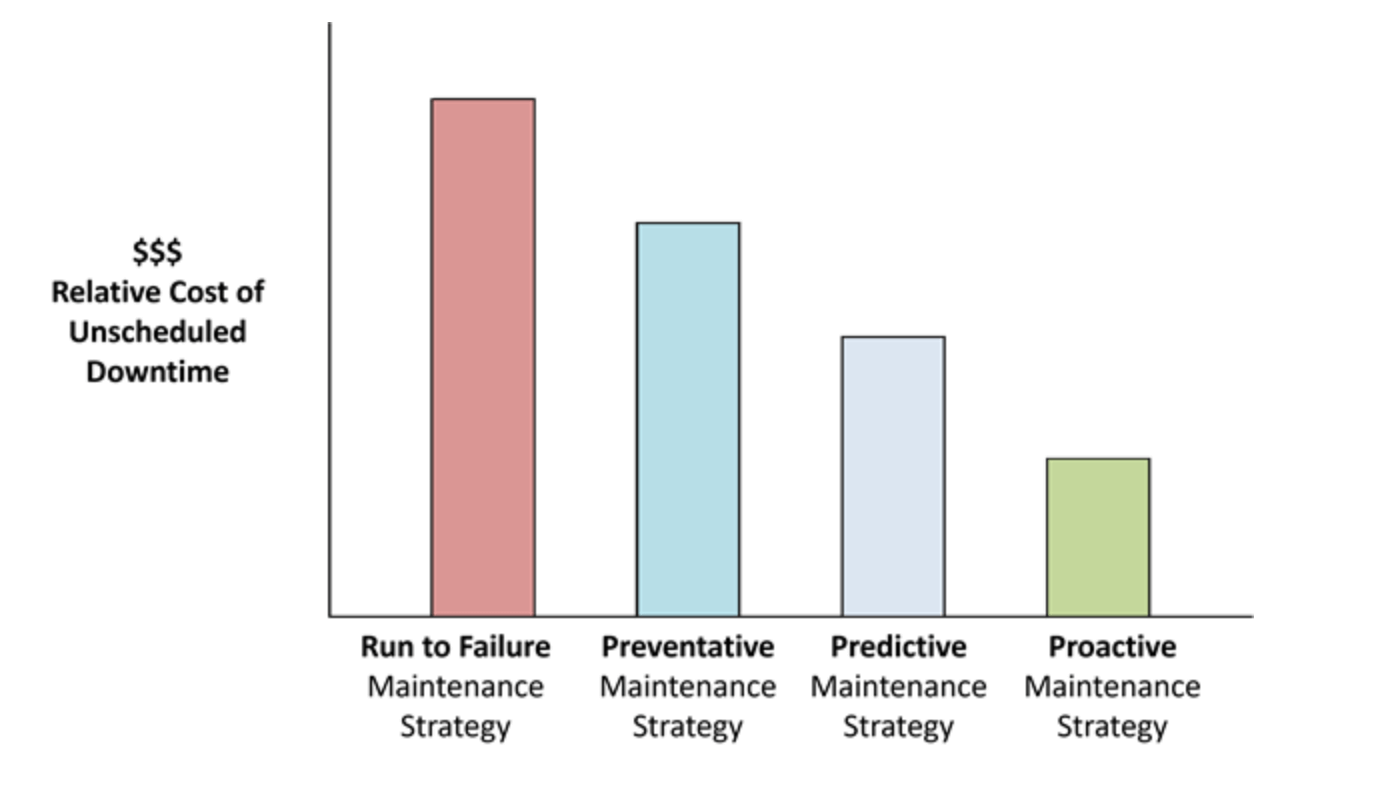< Company News
Schneider Electric Partner of the Year for 2021
May 17, 2022 | Company NewsWe were named the Schneider Electric Partner of the Year for 2021 in the Northeast USA for the Instrumentation, Remote Operations, and Analyzer business! 
We were named the Schneider Electric Partner of the Year for 2021 in the Northeast USA for the Instrumentation, Remote Operations, and Analyzer business! 
Phone dialers continue to be a consistent choice for many businesses in the water and wastewater industries. However, those alarm dialer systems come with pain points that may create vulnerabilities to the overall system.
The solution? A Cattron cloud-based monitoring and control system.
Phone dialers were a great solution for many years. However, technology continues to evolve, and dialers succumb to a variety of susceptibilities and out-of-date issues, including:
Experiencing one or more of these frustrations can lead to unnecessary additional costs. In fact, the average annual phone line service costs per site for an alarm dialer is between $600-$1,200 – and that’s without any service, equipment, or replacement costs.
Monitoring and control systems for water and wastewater application need to be reliable, efficient and cost-effective. One way to reduce the chances of key pain points – surges from lightning strikes, outdated equipment, phone line quality, etc. – is to focus, instead, on a cellular- or satellite-based solution. Cattron’s SCADA cloud-based solutions are wireless with a dependable battery backup and an alarm notification if any lost communication events are detected.
Ultimately, what this means is a solution designed to:
Plus, RemoteIQ technology helps ensure issues are caught early and not when it’s critical. Proactively troubleshoot problems from basic pump stations to the most sophisticated plants with monitoring, control, and alarm notification for small to large scale water and wastewater applications.
RemoteIQ Provides Greater Reliability and Usability

From communication loss notifications to pain point-eliminating technology, a SCADA cloud-based solution ensures you stay connected, control the system, and protect your costs from outdated technology that can incur additional repairs, updates, and service. Therefore, it makes sense to transition to a Cattron wireless cloud-based solution.
V10.04 released for nanodac recorder/controller
Eurotherm by Schneider Electric TM is pleased to announce the release of V10.04 product firmware for the nanodac™ recorder/controller. This is a minor update to increase the number of supported Modbus clients from 4 to 6.
iTools Engineering Studio
A new IDM installer supporting nanodac recorder/controller V10.04 firmware will be available to download and install.
Availability
All units shipped after the 23rd
May 2022 will be fitted with V10.04.
How will my customer get technical support?
For Technical Support: to contact us for advice, either by telephone at 215-968-7577 or via email at sales@nealsystems.com.
Case Study: Improved Quality and Range of Products for BrightPet Nutrition Group

Background
BrightPet Nutrition Group Manufactures Premium and super premium pet foods for U.S. and international markets. Its top-of-the-line ingredient options and state-of-the-art American manufacturing operations ensure the quality of every recipe they produce. A pioneer in the organic pet food space, BrightPet owns the first organic-certified plant in the U.S.
and is the only USDA organic certified pet food producer on the east coast. BrightPet manufactures dry dog and cat foods for a number of the most respected super-premium branded customers in the industry. The company is also a supplier of private label brands to its retail customers.
BrightPet approached Thayer Scale to help upgrade their existing pet food batch mixing system.
The original system consisted of a stainless steel tank on legs with a dual hose peristaltic pump with an inverter drive. The pump discharged through a 2” sanitary tube line and passed through a 1” coriolis style flow meter on its way to the mill/extruder.
At the time, the system pumped a homogenized slurry of fresh frozen meat, vegetables and water to the mill at rates of around 5 – 40 lbs/min depending upon the recipe and the production rate of the pet food. The speed of the pump was manually adjusted to achieve the desired rate, but the flow rate signal tended to be noisy and maintaining a steady consistent feed rate was problematic.
Challenge
BrightPet hoped to improve the quality and the range of products that could be produced by modifying the equipment to become more efficient, less noisy, more accurate and repeatable.
A New Challenge Arises
The pump speed control was tied to a central control system that now allowed the operator to enter the desired flow rate from the recipe and the feed back from the flow meter allowed closed loop control of the pump speed. This system worked well at times, but very poorly at other times due to inability of the coriolis flow meter to provide an accurate flow rate reading on the slurry. Since the slurry is quite viscous (similar to soft ice-cream) and near the freezing point, the meter would not see the slurry as homogenous and the flow through its two internal tubes was not equal.
The end result was that the signal from the flow meter was erratic and resulted in poor operation of the system. A new, more consistent system needed to be implemented that would allow for a stronger, more consistent reading.
The Thayer Scale Solution

After looking into other types of flow meters and not finding any that looked like they would provide an accurate and reliable output, the decision was made to go with a Loss-In-Weight approach. After having good results with Loss-In-Weight powder feeder and five weigh belt feeders for the dry pet food ingredient batching system, the team decided to look at a cable scale Loss-In-Weight system for the meat slurry.
Implementation
The exclusive Thayer Scale “FMSS” (Force Measurement Suspension System) design provides extremely high sensitivity. Feeder and weigh hopper “dead load” are mass-counterbalanced so that only material weight (live load) is measured. This feature helps assure excellent control in “noisy” environments.
All of the articulate parts of the scale mechanism are supported from “axially inextensible, but laterally yieldable” suspension elements (stainless steel pre-stressed aircraft cable), which are arranged to hang freely, thereby avoiding any appreciable spring or hysteresis effect, variation in mechanical advantage, or binding due to imperfect leveling.
Because of this unique mechanical property of the force transmission system, any laterally directed forces and shock on the scale or its supported feeder cannot cause destructive shear and bending stresses to develop in the elements themselves or at the load cell junction. The system, being yieldable in the lateral direction, is therefore effectively and completely protected by using laterally placed “stops” in proximity of the weighed structure.
The team removed the legs from the meat slurry tank and mounted the tank on the scale. The pump was supported off the bottom of the tank and a piece of sanitary flex hose was installed from the pump discharge to the fixed 2” sanitary piping. The Loss-InWeight controls are connected to the plant control system via an Ethernet connection allowing the control system to set the desired feed rate and to monitor the operation of the system. The Loss-In-Weight controls provide a 4 – 20 ma signal to operate the pump at the required speed, and controls the automatic refilling of the meat slurry tank.
Today

The system was commissioned in July of 2010 and today remains in successful operation. The combination of the progressive cavity pump and the cable scale and controls provides a very steady and accurate flow of the meat slurry to the mill.
This has greatly reduced the variation in the pet food as it is produced and allows for faster startups and less frequent adjustments by the mill operator. The system takes less than 60 seconds to get within a 1% accuracy of the desired feed rate after startup or changes in set point. The system has worked very well over the entire operating range of 5 to 65 lbs/min and is immune to changes in the flowability or makeup of the slurry.
Run to Failure (worst) – most expensive way to operate. Run the machine until it fails then replace it.
Preventative Maintenance (good) – repairs to the machines are made on a periodic basis, regardless of the machines condition. Oftentimes, the preventative repairs are more damaging to the machine than if the machine was left alone – this is the next most expensive way to operate.
Predictive Maintenance (better) – repairs to the machines are made based on the condition of the machine, based on predictive technologies like vibration monitoring, thermal imaging and lubrication analysis – this is one of the least costly ways to operate, but needs a consistent investment in permanent monitoring via transmitters integrated with the existing Control System (PLC’s, SCADA, RTU’s, etc.).
Proactive Maintenance (best) – repairs to the machine are made based on the condition of the machine, based on predictive technologies like thermal imaging, lubrication analysis, combined with continuous vibration monitoring with data correlation with the plant process parameters of pressure, flow, power level, capacity, etc. – this is the least costly way to operate, but has the highest initial startup cost.
Find out how NSI’s team of expert engineers can provide the best vibration monitoring solution for your plant! Contact us here!
